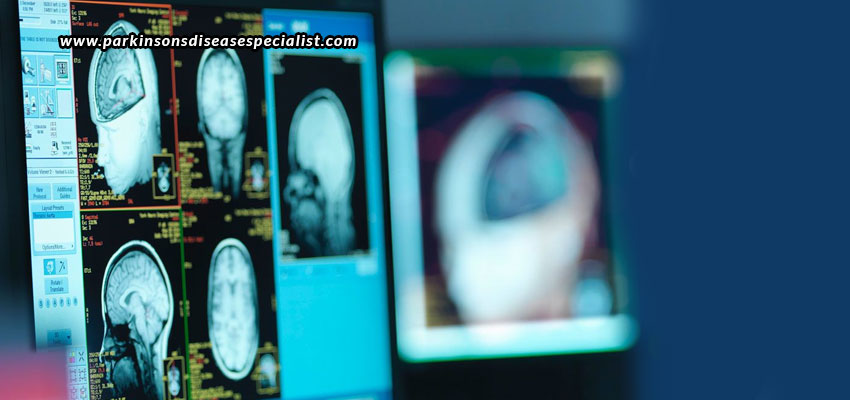
07 Aug Treatments To Control Movement Disorders
Movement disorders like tremor, Parkinson’s disease, and dystonia provide immense discomfort to the patients due to the constant involuntary movement of the muscles in the hands, legs, face, and jaws. This constant vibration not only tires the patient, but also makes him helpless to execute even the simplest of tasks like eating, dressing up, and tying up shoe laces. This helplessness may lead to embarrassment in public, and finally end up in depression. To avoid a patient from going so deep into such a condition, it is advisable to approach an expert movement disorders treatment in UAE like Dr. Shivam Mittal as soon as you experience symptoms. You will be diagnosed for your health condition, body type, age, lifestyle, and other factors, after which you will be prescribed a movement disorders program to follow, to alleviate the pain and discomfort that you experience. You could be given oral medications, injections of Botulinum Toxin, or a Deep Brain Stimulation surgery, depending upon your condition.
Oral medications
Oral medications to treat movement disorders include –
- Antiepileptics like valproate and carbamazepine
- Beta-blockers like propranolol
- Dopamine agonists like pergolide and bromocriptine
- Antiseizure medications like primidone and gabapentin
- Tranquilizers like diazepam and clonazepam
However, each medication has its own side-effects. They could cause nausea, dizziness, fatigue, drowsiness, vomiting, lack of balance, or light-headedness. Other rare, but serious conditions, may include blood clots, slowed heart rate, and depression. Though, a doctor knows what effects the medication will have on your body, so you will be prescribed the most suitable medicine for your condition and health; so there should be nothing to worry about.
Botulinum toxin injections (Botox)
When the stage of oral medications has passed by, patients may require injections of Botulinum toxin; the therapy being known as BOTOX. In this treatment, a potent neurotoxin produced by the bacterium Clostridium Botulinum is injected into the muscles to inhibit the release of neurotransmitters that cause muscle contraction. This treatment is effective, but shows results only for the next few months, after which it subsides slowly to again bring up muscle contractions. Thus, patients are required to be injected with the toxin every 3-6 months. While effective, the BOTOX therapy may also have side-effects of temporary weakness and flu-like symptoms.
Deep Brain Stimulation
When nothing else works, or when the patient is in the last stages of the ailment, he is prescribed a surgery known as the Deep Brain Stimulation surgery. In this procedure, a surgically implanted battery-operated medical device, known as the neurotransmitter, is installed in the chest area, with two electrodes being implanted in the brain. Electrical stimulation is delivered from the neurotransmitter to the electrodes to block nerve signals that trigger abnormal movement. This procedure is highly effective, but is invasive; thus it could result in complications like bleeding, infection, slurred speech, impaired muscle tone, loss of balance, or slight paralysis.
We can see how each treatment has its own positives and negatives. We aim at helping you alleviate the pain and discomfort you feel, but while giving you a clear insight into all the possible side effects you may encounter. With all of this in mind, you will be in a better condition to decide and accept your future. But, when you are in the hands of a professional and experienced movement disorders treatment in UAE, you needn’t worry much, because everything will be taken care of very carefully and precisely.







